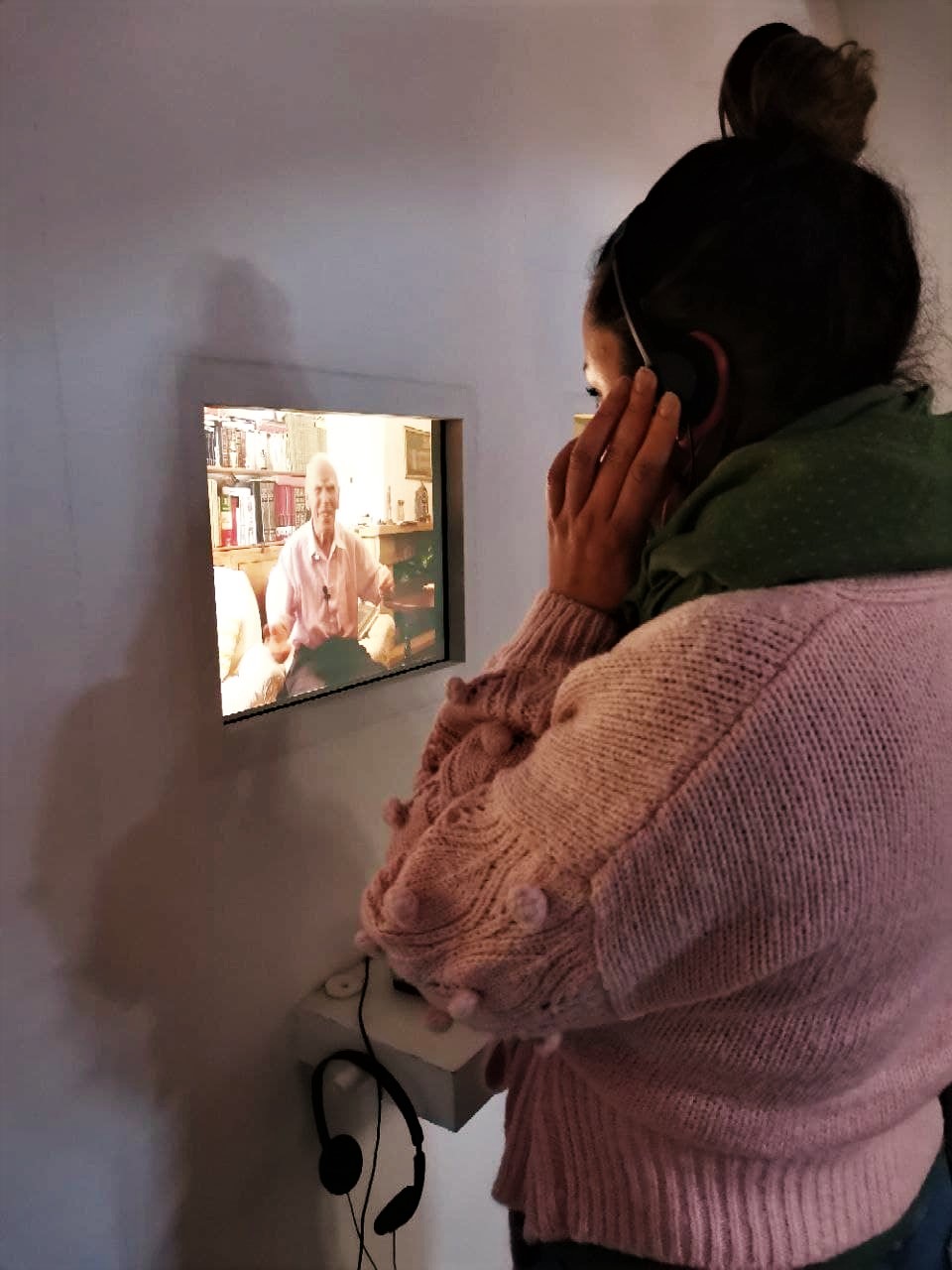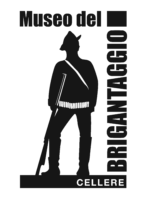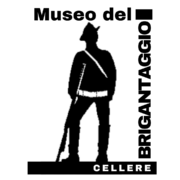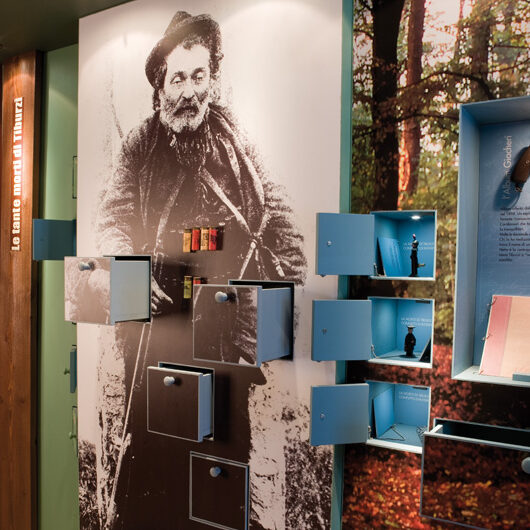Interactivity & Multi-sensoriality
IL FATTARELLO È QUESTO (this is the anecdote)
Cellere’s Museum
was designed as a narrative museum. The objects preserved and displayed are meant to evoke, rather than document.
They answer to the logic of resonance rather than that of astonishment.
They evoke cultural worlds
of which they can be considered representative samples. The choice to offer highly interactive options is a response to the need for visitors to engage with the museum rather than being relegated to a passive role. The multisensorial exhibition was designed not only as a means to conveying messages in the most effective and captivating way possible, but also to make sure the messages could be relayed to a wider audience using several different methods.
Theexhibition reflects the variety of suggestions and the range of means through which brigandage in the Maremma is still kept alive in the memory of yesterday and today. The objects and written works thus become an opportunity to have a multi sensorial experience and the exhibition is designed to include interactivity at every turn.
Thanks to this system, visitors can enhance their knowledge and are free to choose, research and conquer as they see fit. It’s a cognitive experience based on the act of doing instead of contemplating and seeing, just as increasing the participation of the senses, especially hearing, strengthens learning.
The forest that welcomes visitors on the ground floor becomes thus the place for an initiatory experience and the interactivity, a learning adventure. To go through it, visitors have to manipulate the tree’s leaves and break the leafy surface of the walls. The interpretation for the trees is written on their trunks and from its branches are hanging pieces of paper with stories, episodes, and documents about the brigand world.
Following snippets of the news reports from Adolfo Rossi’s Nel Regno di Tiburzi (In Tiburzi’s Kingdom) littered across the forest, visitors will meet several narrative sections rich with hiding places, drawers, hatches, nooks, compartments, display cases and flaps. No surface has been left empty, no space silent.
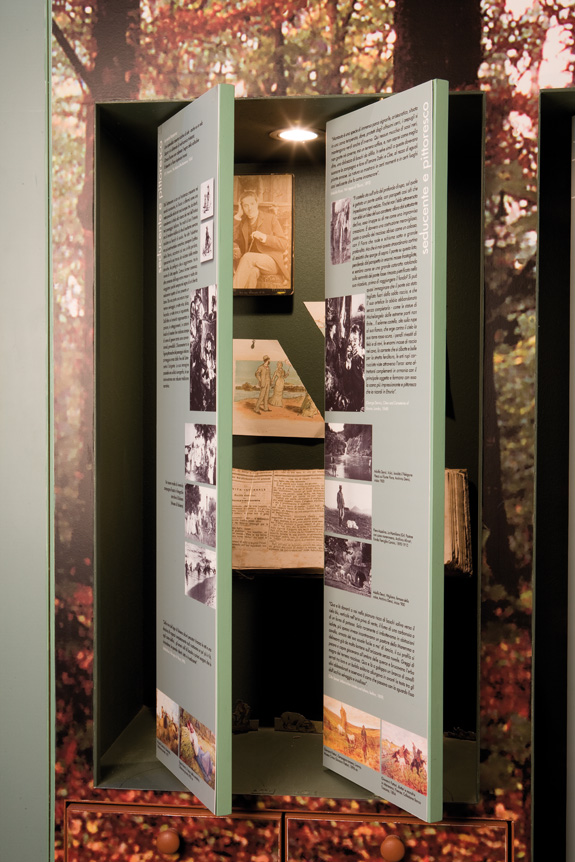
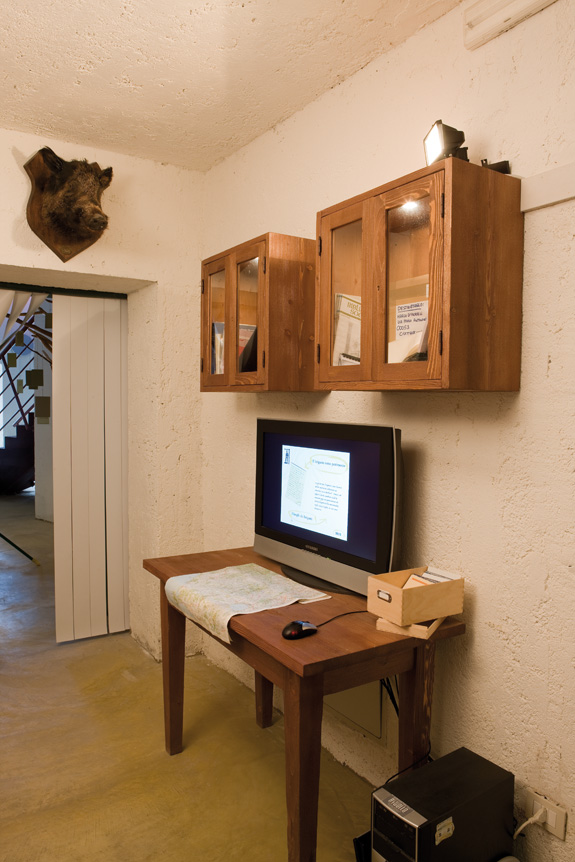
From the deepest part of the woods visual, olfactory, textual and physical traces emerge, to guide us through the process of getting to know brigandage in its context. And a train, unsettlingly crosses this world.
It’s the Civitavecchia-Viterbo train that never departed. Pictures and sounds that travelers could have seen and heard back then, are shown through its window, the pictures and sounds they carried in their minds.
Taking turns with voices from scientific designers: it is clear that the main sense this anthropological museum of brigandage relies on is hearing.
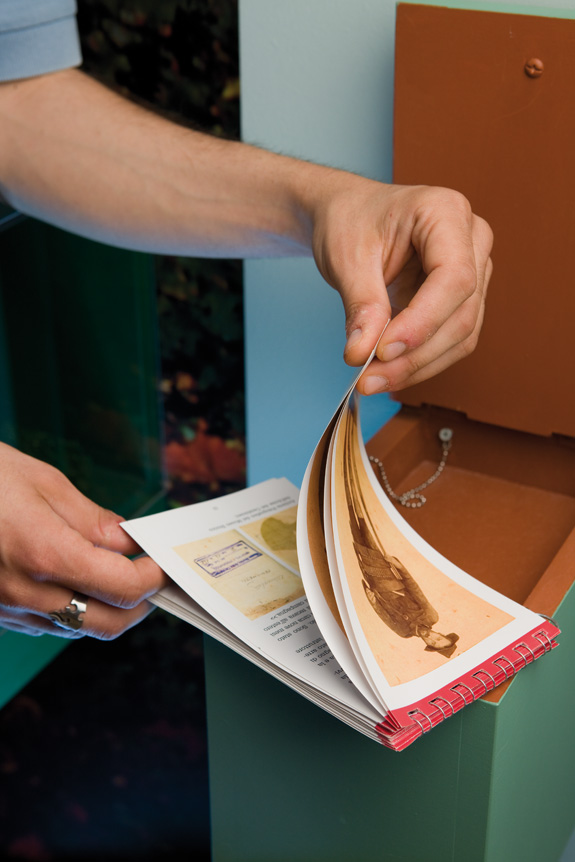
Beyond the train, the path inevitably meets the Twentieth Century and the revaluation, in terms of assets and tourism, of the brigand. In the Taverna dei briganti, with its interior typical of a holiday farm, we can find samples of merch, pamphlets, and restaurant menus, advertisements for different companies that use the “brigand trademark”, equipped with files on the brand containing data compiled from interviews to each of the companies and establishments involved (like the Comunità Montana Alta Tuscia Laziale, responsible for creating the Sentiero dei Briganti, the Outlawed Path).
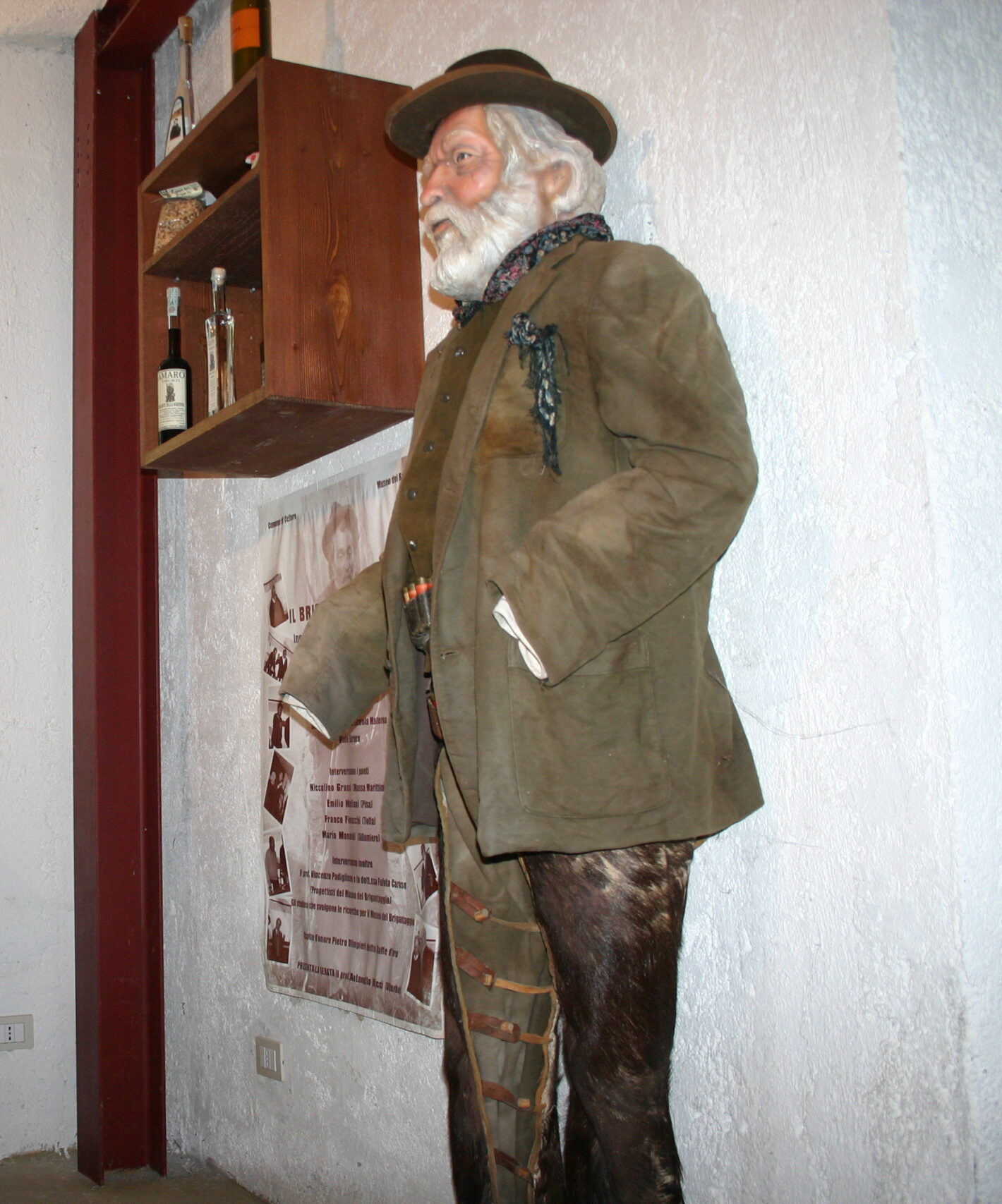
On the shelves are books and theatrical plays on local brigandage and Tiburzi.
On the walls are posters of plays, exhibits and conferences.
On the table is a monitor playing audios of local historians telling tales of the places frequented by brigants and collectors talking about their brigant related obsessions. Among these items, the mannequin of Domenico Tiburzi stands out, originally displayed in a restaurant in Capalbio to give life to the clothes worn by the protagonist of the movie Tiburzi by Paolo Benvenuti.
The upper floor makes room for the imagination. Objects are reduced to a minimum and voices upon voices chase each other, telling stories and anecdotes about Tiburzi that still relentlessly make the rounds on the territory to this day, while imaginary gawking presences reinforce this impression. The itinerary ends with a series of voices sung and narrated, projected on a wall on a loop, four computer stations with headphones, and, most importantly, three rooms designed to uncover the different faces of the Re del Lamone. In these rooms, hearing becomes the main knowledge tool: very few objects connect the voices of the people of Cellere physically, which have been masterfully offered as audios thanks to Antonello Ricci and the Banda del Racconto. The people only appear in voice, but these voices are so powerful that they allow visitors to imagine the scene and engrave it within their emotions.
The projections on the upper floor, the sounds and voices on the train and the octaves of the storytellers create a constant sonisphere that accompanies visitors through the entire journey, and changes depending on the spot the visitor is standing: getting close to one will make the others disappear in a kaleidoscope of voices and sounds. Some of the auditory sources are available through the use of headphones, to facilitate focused and active listening.
